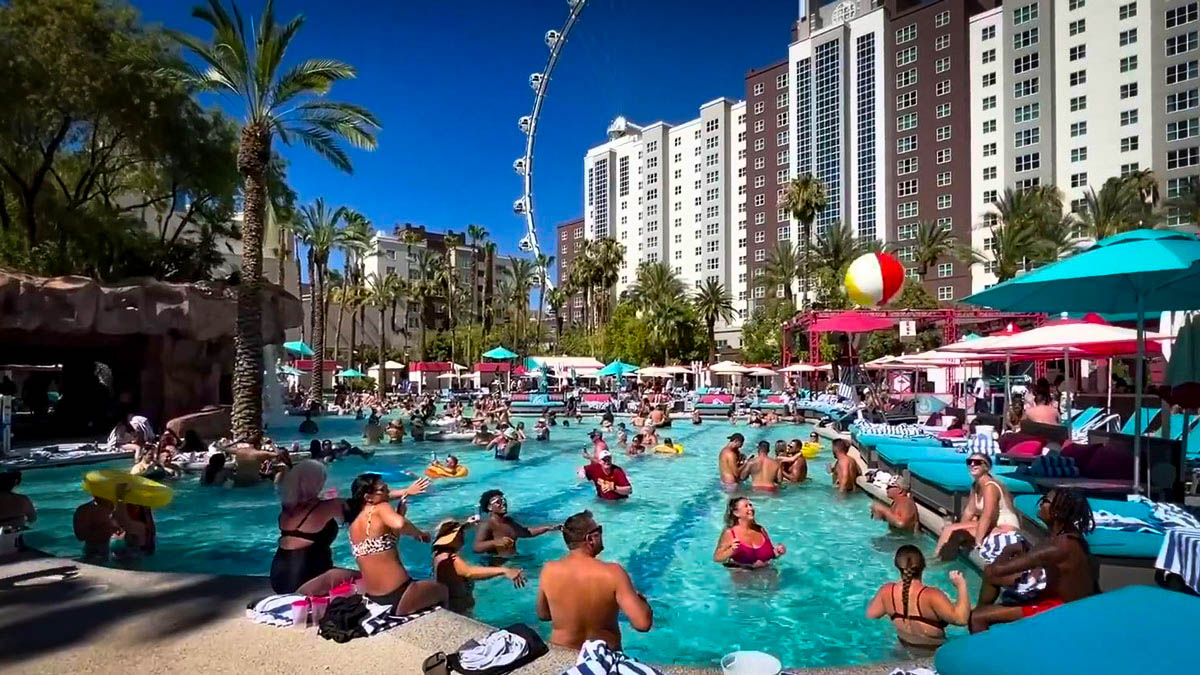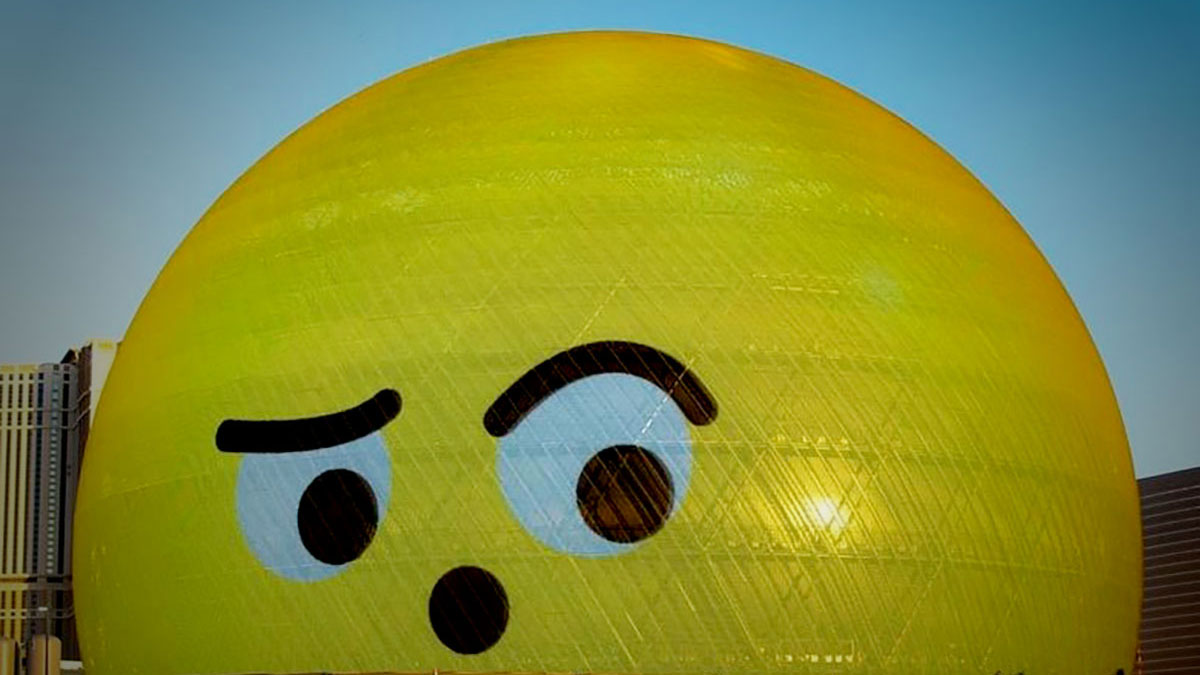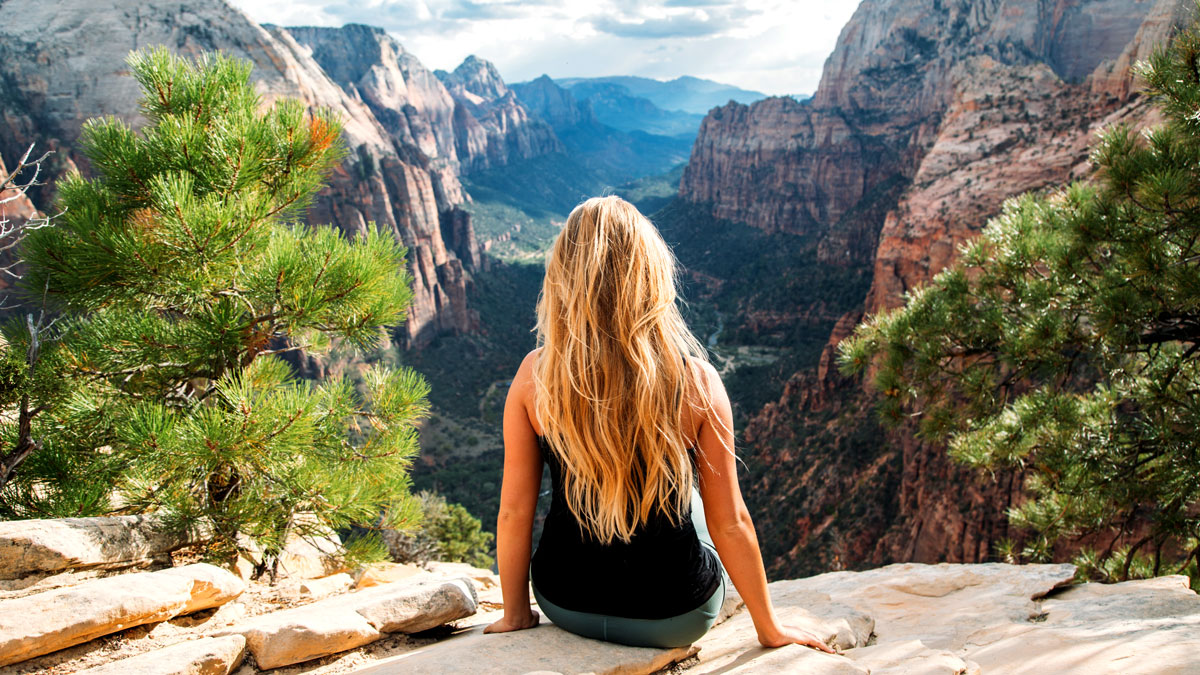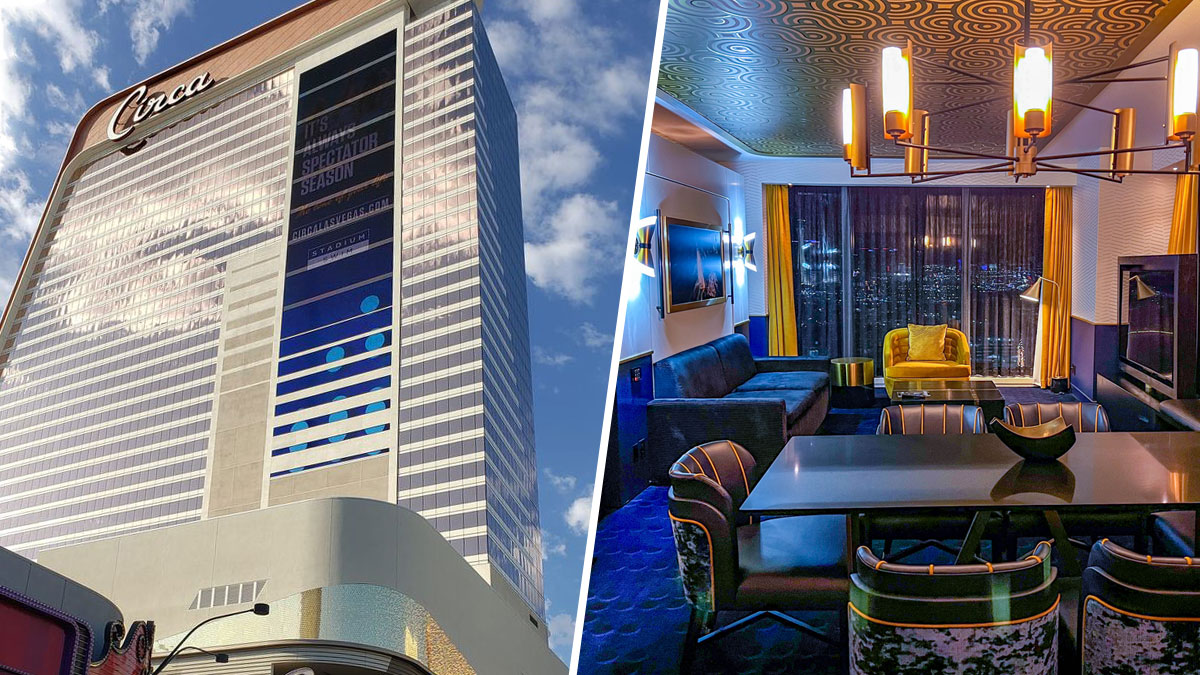Explore the Ancient Prehistoric Art of Petroglyph Wall at Red Rock Canyon
For those looking for a unique outdoor adventure, the Petroglyph Wall Trail provides just that. Located in Red Rock Canyon National Conservation Area this trail takes visitors back in time to learn about the ancient culture that once surrounded this area.
Along the hiking path, you will find petroglyphs and pictographs, symbols that tell stories about the land and its people. These ancient pieces of artwork convey powerful messages even all these centuries later, and they provide unique insight into the lives of the people who left them here.
How to Get to the Petroglyph Wall at Red Rock Canyon
Red Rock National Conservation Area can be reached by taking exit 26 off the Bruce Woodbury Beltway (I-215) onto Charleston Blvd/NV-159. Continue following NV-159 West for 5.18 miles before turning right into the entrance of the scenic Loop Drive. After entering the park, drive 7.15 miles and turn right onto Rocky Gap Road for a final one-mile drive to the trailhead.
Once you reach the end of the pavement, you’ll find yourself at the Willow Creek Parking and Picnic area that provides a short walk across the wash to the cliffs with the petroglyphs. Although there is no designated trail, it’s still easy to find your way to the rock art, which is held behind a fence to protect from accidental damage.
Insider Tips For Exploring the Petroglyph Wall
Once you arrive, take the short hike across the wash to the cliffs on the opposite side. Although there is no true path, the petroglyphs and pictographs are easily spotted even from behind the fence. Many of the petroglyphs are deeply embedded in the stone, while the pictographs were created using red paint with wetted charcoal for the darker lines.
The petroglyphs and pictographs are estimated to be at least 800 years old and were most likely made by either the Southern Paiute tribe or the Ancestral Puebloans, also known as “Desert People”.
This area’s petroglyphs and pictographs provide insight into an ancient culture and tell stories about the land. To truly get an understanding of the history that is held in these images, consider doing your own research before or after your visit.
The petroglyphs are incredibly vivid and easy to photograph even from a short distance. Additionally, there are a few painted handprints mixed in with the red paint and some black markings that were likely made with wetted charcoal and look much older than the others.
Since the petroglyphs and pictographs are fragile, avoid touching them or writing on the walls. Be mindful of the fact that you are in a sensitive and fragile ecosystem and that you should stick to the established trails. There are some areas where green vegetation has found a way to grow in the desert and you should take care to not step on any of these plants.
Where to Go Next
The views surrounding the Petroglyph Wall are quite beautiful and definitely worth your time to explore. You’ll be able to enjoy the incredible desert scenery and take in the vibrant colors of the canyon walls.
No matter how you choose to explore Petroglyph Wall, make sure to keep an eye out for the wildlife. Red Rock Canyon is home to many animals, like the Desert BigHorn Sheep and the California Condor, both of which can be spotted from time to time.
Don’t forget your camera either. Petroglyph Wall offers some incredible photo opportunities and with a little bit of luck, you’ll be able to capture some truly breathtaking shots.
Things to Know About Visiting Red Rock National Conservation Area
Entrance fees for the park are $20 for a car or truck, $45 for an annual pass, or an America the Beautiful National Parks Pass for $80. However, at the time of writing this article, reservations are required during the high season (October 1st-May 31st, 8AM-5PM). Be sure to check fee and reservation information here.
Be sure to visit the Visitor Center where you will find educational displays about the cultural and natural history of the Red Rock Conservation Area.
Another important thing to keep in mind is that the temperature in the desert can vary greatly depending on the time of day and season. During the summer months, temperatures can reach up to 120 degrees Fahrenheit, so come prepared with plenty of water and protection from the sun. Wear proper clothing and footwear as well.
Final Thoughts
Petroglyph Wall is an incredible experience for those who want to explore a piece of Nevada’s ancient past. With its impressive array of rock art, amazing desert scenery, and local wildlife, it’s easy to see why this location is so popular with visitors.
Take the time to plan your trip, pack accordingly, and you’re sure to have an unforgettable time experiencing the wonders of the Petroglyph Wall for yourself. So if you’re in Nevada or planning to make a trip soon, don’t miss out on the opportunity to explore Petroglyph Wall.
You’ll get to experience a piece of Nevada’s history up close and take a journey back in time to uncover the mysteries of the past.






